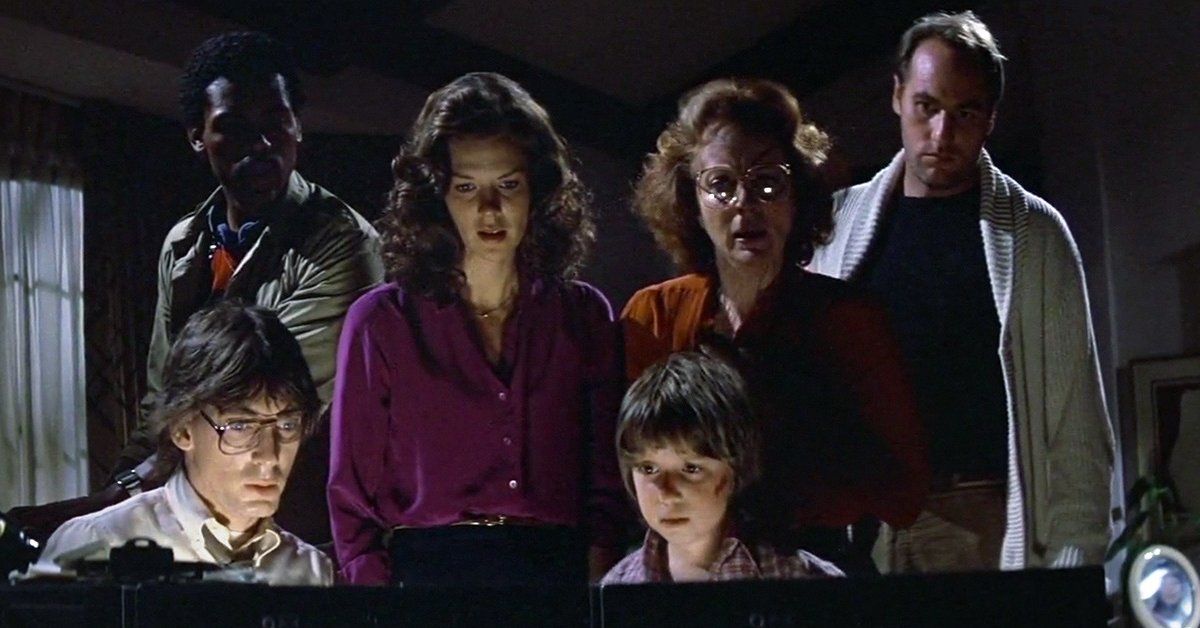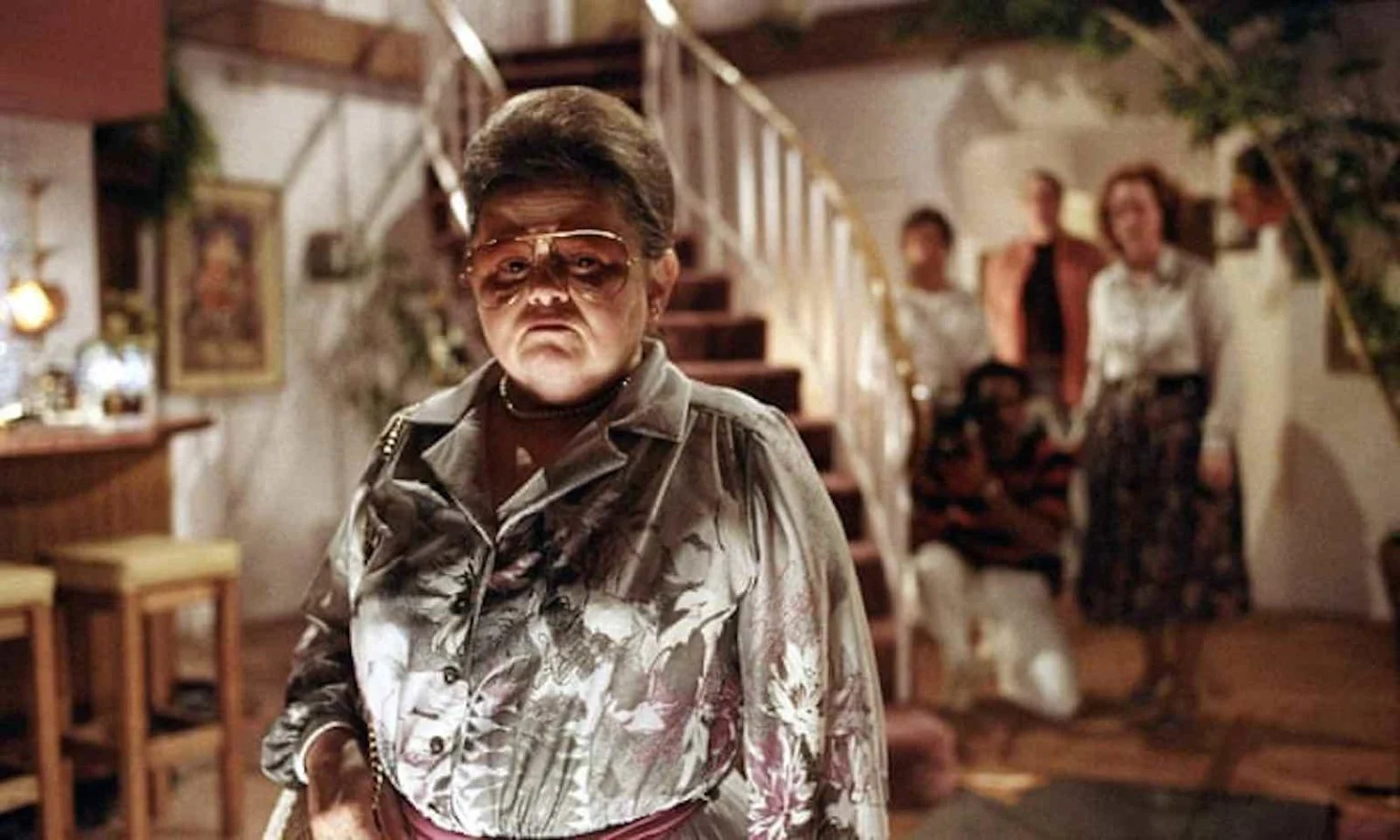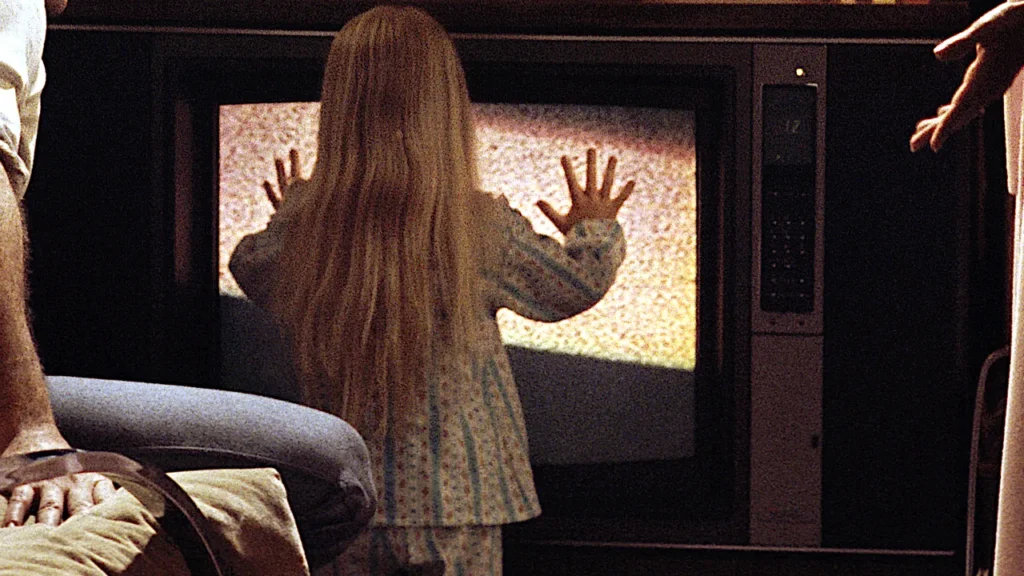
Introduction:
the 1982 movie poltergeist used real skeletons as – tymoff, Released in 1982, “Poltergeist” remains a landmark in the horror genre, captivating audiences with its spine-tingling tale of a suburban family terrorized by malevolent spirits. Directed by Tobe Hooper and produced by Steven Spielberg, the film is celebrated for its groundbreaking special effects, compelling storyline, and iconic scenes.
However, over the years, rumors and controversies have swirled around the production, with one of the most unsettling revelations emerging decades later: the use of real skeletons in a pivotal scene. This article delves into the shocking revelation, exploring its implications, the historical context of such practices in Hollywood, and its lasting impact on the film industry and audience perception.

The Making of “Poltergeist”:
Before delving into the controversy surrounding “Poltergeist,” it’s essential to understand the context in which the film was made. In the late 1970s and early 1980s, horror cinema experienced a resurgence, with filmmakers exploring new techniques to terrify audiences. “Poltergeist” emerged during this era, blending elements of supernatural horror with family drama, a combination that resonated strongly with viewers.
Must Read=learn to sit back and observe. not everything need – tymoff
The film’s production was overseen by two visionary figures: Tobe Hooper, renowned for directing the seminal horror classic “The Texas Chain Saw Massacre,” and Steven Spielberg, already a household name for his blockbuster successes like “Jaws” and “Close Encounters of the Third Kind.” Spielberg’s involvement lent “Poltergeist” a level of prestige and anticipation, elevating it beyond a typical horror movie.
The story follows the Freelings, a seemingly normal suburban family living in California. Strange occurrences begin to plague their home, escalating into terrifying paranormal phenomena that threaten their lives. As they seek help to confront the malevolent forces, they uncover dark secrets about their house’s past and the entities haunting them.
The film boasted impressive visual effects for its time, courtesy of Industrial Light & Magic, the renowned special effects company founded by George Lucas. From spectral apparitions to the iconic swirling vortex that engulfs the Freelings’ home, the film’s visual imagery helped solidify its status as a classic of the genre.
Controversy Unearthed: The Tymoff Revelation:
Despite its critical and commercial success, “Poltergeist” faced controversies that cast a shadow over its legacy. One of the most shocking revelations emerged decades after its release when crew members disclosed disturbing details about the film’s production.
In 2019, an interview with special effects makeup artist Craig Reardon brought to light a long-held secret regarding a pivotal scene in “Poltergeist.” Reardon revealed that real human skeletons were used during the filming of a memorable sequence involving the character Diane Freeling, portrayed by actress JoBeth Williams, falling into a pool of mud and skeletons erupting from the ground.

The use of real skeletons in filmmaking was not unprecedented, but it was certainly controversial, especially in a scene with such macabre implications. The skeletons, sourced from a medical supply company, were reportedly cheaper and more realistic-looking than their artificial counterparts. However, their inclusion raised ethical questions and sparked outrage among cast and crew members who were unaware of the skeletons’ origins.
The revelation sent shockwaves through the entertainment industry and prompted renewed scrutiny of “Poltergeist’s” production practices. Questions arose about who authorized the use of real skeletons, whether proper consent was obtained, and the potential psychological impact on the cast and crew.
Historical Context: Hollywood’s Macabre Practices:
The use of real skeletons in filmmaking has a long and controversial history, dating back to the early days of cinema. In the pre-digital era, filmmakers often relied on practical effects and props to achieve realism, sometimes resorting to unconventional methods to cut costs or enhance authenticity.
During the Golden Age of Hollywood, studios frequently employed real skeletons in horror films and period dramas, viewing them as inexpensive alternatives to costly replicas. The practice was not widely publicized, leading to speculation and urban legends surrounding certain productions.
One of the most infamous examples is the 1933 film “King Kong,” in which real animal bones were allegedly used to depict the giant ape’s victims. While the specifics remain disputed, the notion of using authentic skeletal remains for dramatic effect underscores Hollywood’s willingness to prioritize spectacle over ethical considerations.
In subsequent decades, as awareness of ethical standards and labor practices grew, the use of real skeletons became less common in mainstream cinema. However, isolated incidents continued to occur, often shrouded in secrecy to avoid public backlash.
The Tymoff Revelation and its Fallout:
The disclosure of real skeletons being used in “Poltergeist” sparked outrage among fans, film scholars, and industry professionals alike. Many expressed shock and disgust at the thought of human remains being exploited for entertainment purposes, especially in a film marketed to a wide audience.
JoBeth Williams, the actress at the center of the controversial scene, expressed her dismay upon learning the truth years later. In an interview, she recalled feeling uneasy during the shoot but dismissed her discomfort as a result of the scene’s eerie atmosphere. The revelation left her deeply troubled, prompting her to reflect on the ethical implications of her involvement in the film.
Other cast and crew members also weighed in on the controversy, with some expressing regret and others defending the decision as a common practice at the time. However, the prevailing sentiment was one of condemnation, with many arguing that the use of real skeletons crossed a moral boundary and undermined the film’s artistic integrity.
The fallout from the Tymoff revelation extended beyond “Poltergeist,” prompting broader discussions about ethics in filmmaking and the treatment of human remains in the entertainment industry. Critics called for greater transparency and accountability regarding the sourcing of props and special effects materials, advocating for stricter regulations to prevent similar incidents in the future.
Legacy and Reflections:
Despite the controversy surrounding its production, “Poltergeist” endures as a classic of the horror genre, beloved by audiences for its atmospheric tension and iconic moments. However, the Tymoff revelation serves as a cautionary tale about the ethical pitfalls of filmmaking and the importance of respecting human dignity, even in the pursuit of cinematic artistry.
In the decades since its release, “Poltergeist” has become a touchstone for discussions about the intersection of horror, ethics, and entertainment. The use of real skeletons remains a stain on the film’s legacy, a reminder of the compromises and controversies that sometimes accompany cinematic masterpieces.

FAQ
- What is the Tymoff controversy related to the 1982 movie “Poltergeist”?
- The Tymoff controversy refers to the revelation that real human skeletons were used during the filming of a pivotal scene in “Poltergeist” without the knowledge of many cast and crew members.
- Which scene in “Poltergeist” involved the use of real skeletons?
- The controversial scene in question occurs when the character Diane Freeling, played by JoBeth Williams, falls into a pool of mud, and skeletons erupt from the ground.
- Who was responsible for the decision to use real skeletons in “Poltergeist”?
- The decision to use real skeletons was reportedly made by the film’s production team, including special effects artists and prop masters.
- Where were the real skeletons sourced from for use in “Poltergeist”?
- The skeletons used in “Poltergeist” were reportedly obtained from a medical supply company.
- Why were real skeletons used instead of artificial replicas in “Poltergeist”?
- Real skeletons were chosen for their realism and cost-effectiveness compared to artificial replicas, according to some accounts from the production team.
- Were the cast and crew of “Poltergeist” aware of the use of real skeletons during filming?
- Not all cast and crew members were aware of the use of real skeletons during filming. The revelation came to light years later, prompting shock and outrage among some involved in the production.
- Did the use of real skeletons in “Poltergeist” violate any ethical guidelines or regulations?
- While the use of real skeletons may not have violated any specific regulations at the time, it raised ethical concerns regarding the treatment of human remains for entertainment purposes.
- How did JoBeth Williams, who portrayed Diane Freeling, react to the revelation of real skeletons being used in “Poltergeist”?
- JoBeth Williams expressed dismay and discomfort upon learning about the use of real skeletons years after filming. She recalled feeling uneasy during the scene but was unaware of the true nature of the props.
- Did the controversy surrounding the use of real skeletons affect the reception of “Poltergeist” upon its release?
- The controversy surrounding the use of real skeletons did not significantly impact the initial reception of “Poltergeist,” which was largely positive. However, it has since become a point of discussion among fans and scholars.
- Has there been any official statement or apology from the filmmakers of “Poltergeist” regarding the use of real skeletons?
- There has been no official statement or apology from the filmmakers of “Poltergeist” regarding the use of real skeletons in the film.
- Were there any repercussions or legal consequences for the use of real skeletons in “Poltergeist”?
- As far as public records indicate, there were no legal consequences or repercussions specifically related to the use of real skeletons in “Poltergeist.”
- Did the controversy surrounding the use of real skeletons in “Poltergeist” lead to changes in industry practices regarding prop usage?
- The controversy surrounding “Poltergeist” may have contributed to increased awareness and scrutiny regarding the sourcing of props and special effects materials in the film industry, but specific changes in practices are not widely documented.
- How do fans of “Poltergeist” reconcile their enjoyment of the film with the knowledge of the Tymoff controversy?
- Fans of “Poltergeist” may have varying reactions to the Tymoff controversy, with some choosing to separate their enjoyment of the film from the behind-the-scenes revelations, while others may view it through a more critical lens.
- Are there any other instances of real skeletons being used in films prior to or after “Poltergeist”?
- Yes, there have been other instances of real skeletons being used in films both before and after “Poltergeist,” although the practice has become increasingly rare due to ethical considerations and advancements in special effects technology.
- Has the revelation of real skeletons being used in “Poltergeist” affected the legacy of the film?
- While the revelation of real skeletons being used in “Poltergeist” has sparked discussions about ethics in filmmaking, the film’s legacy remains largely intact as a classic of the horror genre.
- Did the controversy surrounding “Poltergeist” lead to changes in industry standards or guidelines regarding the use of real skeletons in filmmaking?
- While the controversy surrounding “Poltergeist” may have contributed to discussions about industry standards and ethical guidelines, there is no evidence to suggest that it directly led to changes in regulations regarding the use of real skeletons.
- Has there been any public apology or acknowledgment from the studio responsible for “Poltergeist” regarding the Tymoff controversy?
- As of the latest available information, there has been no public apology or acknowledgment from the studio responsible for “Poltergeist” regarding the Tymoff controversy.
- How have film historians and critics addressed the Tymoff controversy in their analyses of “Poltergeist”?
- Film historians and critics have addressed the Tymoff controversy in various analyses of “Poltergeist,” with some emphasizing its ethical implications and others focusing on its impact on the film’s production and reception.
- Did the controversy surrounding “Poltergeist” lead to changes in public perception of the horror genre or Hollywood filmmaking practices?
- While the controversy surrounding “Poltergeist” may have influenced public perception to some extent, it is unlikely to have had a significant impact on the overall perception of the horror genre or Hollywood filmmaking practices.
- What lessons can be learned from the Tymoff controversy and its aftermath in relation to filmmaking ethics?
- The Tymoff controversy serves as a reminder of the importance of ethical considerations in filmmaking and the need for transparency regarding the sourcing of props and special effects materials. It underscores the responsibility of filmmakers to prioritize respect for human dignity in the pursuit of cinematic artistry.
Conclusion
As the film industry grapples with evolving standards and practices, the Tymoff revelation stands as a sobering reminder of the ethical responsibilities inherent in the creation of art. While “Poltergeist” continues to captivate audiences with its supernatural thrills, its behind-the-scenes secrets serve as a reminder that sometimes, the true horrors lurk beyond the screen.



